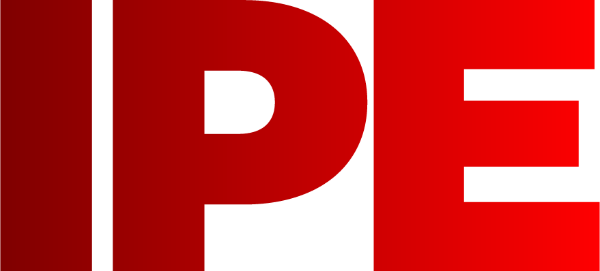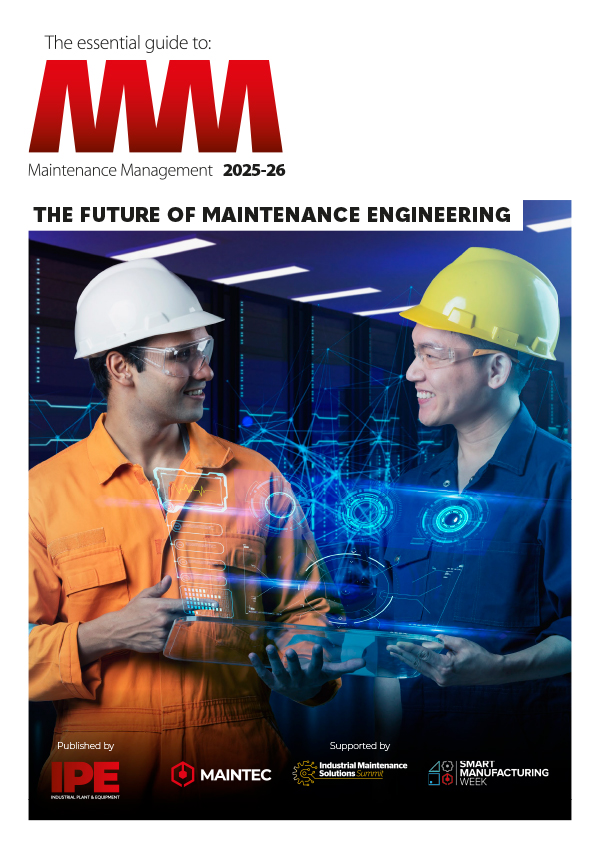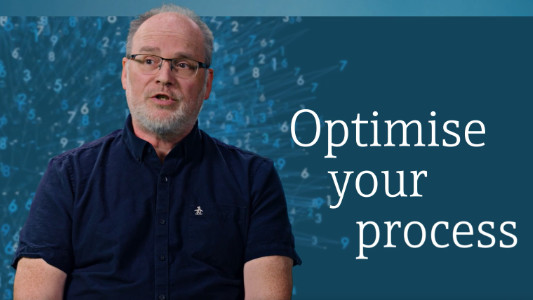

|
Edward Lowton
Editor |


|
| Home> | Health, Safety & Welfare | >Breathing safely | >The drive for sustainability, optimisation and evolution |
The drive for sustainability, optimisation and evolution
30 April 2024
As companies strive for net-zero, choosing the right air filtration system is an essential step. This was spotlighted by Niederman's recent work with McLaren Automotive to upgrade their extraction and filtration system

IN OUR ever-evolving landscape of corporate responsibility, companies are increasingly recognising the need to align mission statements with the global pursuit of net-zero emissions. This seismic shift stems from a collective awareness of the environmental challenges we face, with the realisation that not only is the pursuit of net-zero an ethical obligation, but an important strategic aim for long-term success and prosperity.
The quest for net-zero
The global cry for environmental sustainability has reached a crescendo, urging and compelling companies to reassess their values and operational frameworks. Net-zero, the state where a company’s carbon emissions are balanced by measures that remove or offset an equivalent amount of greenhouse gases from the atmosphere, has emerged as the gold standard for responsible business practices. The incorporation of net-zero strategies into mission statements is more than a symbolic gesture; it signifies a firm commitment to reducing and contributing to the overall carbon footprint in the global effort to combat climate change. The alignment with sustainability not only resonates with environmentally conscious consumers but also attracts top talent seeking purpose-driven workplaces.
Optimising processes
A key pillar in the quest for net-zero is the efficiency gains via optimisation of workplace processes. This process must involve a holistic evaluation of operational practices, from energy consumption to waste management. Many companies are increasingly investing in technologies and methodologies that enhance efficiency while minimising environmental impact. Smart building technologies, energy-efficient appliances, and waste reduction initiatives are integral components of this optimisation process.
In addition to the environmental benefits, improving and optimising workplace processes can also enhance employee health and well-being. Improved air quality, reduced noise pollution, and ergonomic designs contribute to a healthier workforce, and a healthier workforce can often make a better contribution to improved productivity. As companies navigate the delicate balance between performance and sustainability, optimising processes becomes a cornerstone for achieving both objectives.
Choosing your air filtration
Indoor air quality is well documented to have a significant impact on employee health and overall productivity. As companies strive for net-zero, selecting the right air filtration system is a critical step. The highest contributing technologies for healthier indoor environments are high-efficiency particulate air (HEPA) filters and advanced ventilation systems.
Consideration must also be given to the life cycle impact of filtration systems, including manufacturing processes, energy consumption, and disposal. Sustainable air filtration not only aligns with net-zero goals but also fosters a workplace environment conducive to employee well-being and performance.
Employees, once exposed to the hazards of unchecked pollutants, now breathe cleaner air, leading to enhanced well-being and job satisfaction. A compelling business case can be made for the investment towards the well-being of employees, beyond the moral imperative of protecting human health. Keeping staff healthy results in a workforce that is more engaged and productive. This naturally contributes to an increase in efficiency and longevity for the business.
Update or replace?
In the pursuit of net-zero, companies are faced with the difficult dilemma of reviewing current systems to determine whether they can update them to achieve and potentially exceed their requirements or invest in the replacement of innovative technologies to succeed. This decision is of such importance, in the initial stages, that a nuanced approach is recommended.
Considering factors such as the age and remaining lifespan of current systems, technological advancements and overall environmental impact are vital to determine as early as possible, to prevent wasted time and costs. Upgrading existing systems, if possible, can be a cost-effective and sustainable option if the technology still aligns with net-zero goals.
However, even if the upfront cost is higher, then replacing your current system and embracing new, more energy-efficient technologies may provide long-term benefits. The key to all of this lies in conducting a thorough, upfront analysis of the environmental impact, operational efficiency, and economic feasibility to help your business make informed decisions that align with your net-zero objectives.
Niederman’s recent work with McLaren Automotive to upgrade their extraction and filtration system is a prime example of this. McLaren’s Formula 1 factory was re-purposed into a composite factory and re-designed from the ground up for optimised material flow and operation. McLaren have an aim for net-zero by 2040, so thorough analysis was conducted before implementation to ensure the factory was built and optimised for maximum efficiency
Analysis of their current extraction and filtration systems highlighted that there was opportunity for improvement. The ‘always-on’ nature of the system was not energy efficient, wasted resources, and did not perform to the standard required from McLaren, with unacceptable dust control and excessive noise levels. This resulted in an excessive volume of particulates settling within the workplace, creating an obvious risk to workers health. It also impacted productivity, as clean up times were extensive, and heavily relied on excessive use of PPE, meaning additional costs were incurred, increasing overall expenditure.
A collaboration with Nederman resulted in a well-designed alternative system being installed that considered the hierarchy of control and addressed all of McLarens issues. A multi-point extraction system was put in place, consisting of automatic shut-off dampers to ramp the system up or down depending on requirement at any given time. This resulted in an improvement in energy efficiency, as the system only used the minimum amount of energy required at all times, eliminating waste. The extraction system included efficient filters which removed the particulate from the extracted air and discharged the cleaned air to the atmosphere outside the factory. Effective collection of the waste particulate allows McLaren to dispose of the waste in a secure and ecologically conscientious manner.
The system design includes user-friendly interfaces that not only simplify the operation but deliver immediate and noticeable operational efficiencies. Silencers were installed throughout the system to reduce noise levels where possible, reducing the reliance on ear protection (PPE), and creating quieter environments where communication could be more easily conducted.
Effective capture at source dust extraction means a larger majority of particulate is removed from the area, reducing clean up times and the over-reliance on excessive PPE. As one Technician stated, he now "went home clean". The presence of dust and fume in the workplace is well known to pose a risk to workers health, and with this now drastically reduced, the workplace is a much more desirable and healthier environment to work in.
The work Nederman have done with McLaren has resulted in an alignment with their sustainability strategy, increasing system efficiency, workplace safety and workflow optimisation.
Why net-zero is the key for longevity.
At its core, the pursuit of net-zero is not merely a trend or fad; it is a strategic imperative for the longevity of businesses in a rapidly changing world. Companies that embrace net-zero strategies future-proof their operations by mitigating climate-related risks and capitalising on emerging market trends. Beyond regulatory compliance, a net-zero approach enhances brand reputation, fostering customer loyalty and attracting investors who prioritise sustainable practices. The net-zero paradigm encourages innovation, pushing companies to develop and adopt innovative technologies that position them as leaders in their industries.
For more information:
Tel: 01772 334721
- Nederman launches new innovative ambient clean air solution
- ATEX product range extended
- Suction blaster: Reel deal for summer
- Nederman launches a complete new range for extraction and filtration offering significant energy savings
- Enhancing extraction and filtration performance with intelligent airflow control systems
- Atex expertise
- Combined business
- Don't throw money out with the waste
- Mobile extraction
- Nederman launches the intelligent and versatile Fume Eliminator GoMax

















